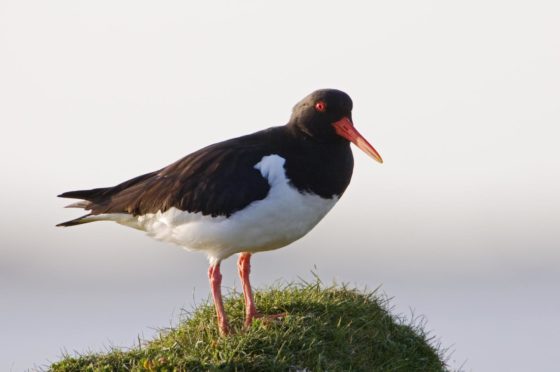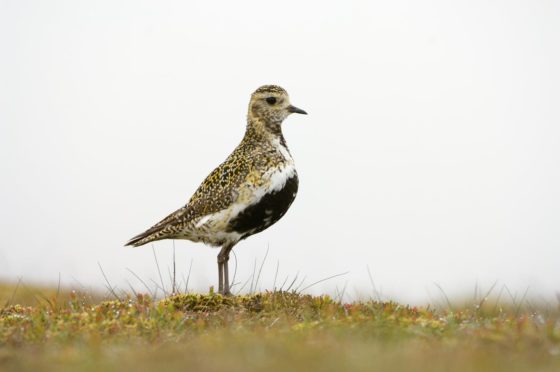The number of wintering waterbirds in Scotland has declined significantly, according to a new biodiversity indicator conducted by NatureScot.
The indicator tracks the population of 41 species of bird including wildfowls, waders, cormorant, grebes and coot, using data gathered by volunteers through the Wetland Bird Survey.
The overall number of waterbirds has decreased by 7% from 1975 to 2019 with the data showing large variations between specific species.
Waders – which include oystercatcher, lapwing, golden plover, knot and dunlin – have declined by a huge 58%.
The indicator also showed an uptick of 21% in wildfowl species such as the whooper swan and goldeneye.
The majority of wildfowl are migratory and the data suggests external threats such as invasive species and water quality have an impact on where birds choose to migrate.
‘We can better understand the global forces at play, especially climate change’
The consequences of climate change have also had an impact on the varying fortunes of waterbirds.
Due to climate change, migrating birds are given alternatives to the mild Scottish weather in winter and some are instead choosing to stay on the European continent.
However, climate change has caused disruptions with extreme weather such as colder conditions and so birds are forced to find other places, leading to a fluctuation in waterbird numbers in Scotland.
A recent consequence of climate change was a number of seabirds having recently washed up on beaches across the north and north-east.
It is suggested that this was due to starvation due to lack of available food sources due to an increase in water temperatures.
Simon Foster, NatureScot’s trends and indicator analyst, said: “Wader numbers peaked around 1997/98 but since then have been in steady decline.
“Scotland is in an important position within the east Atlantic flyway, which is the migration route used by our waders, so these data are invaluable in piecing together what is happening globally.
“By sharing research and working with others across the entire flyway we can better understand the global forces at play, especially climate change.
“Improving coastal habitats, such as through coastal realignment, helps Scotland’s waterbirds providing areas for feeding and roosting waterbirds, as well as helping with climate resilience.
“For wintering waders which also breed in Scotland, such as curlew, golden plover and oystercatcher, we are also supporting schemes such as The Working for Waders initiative, which is taking active steps to reverse the decline in our wading birds through a range of targeted projects.”

